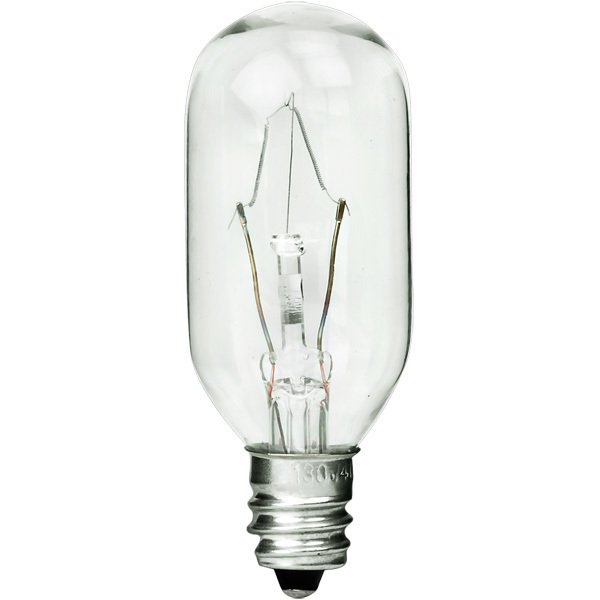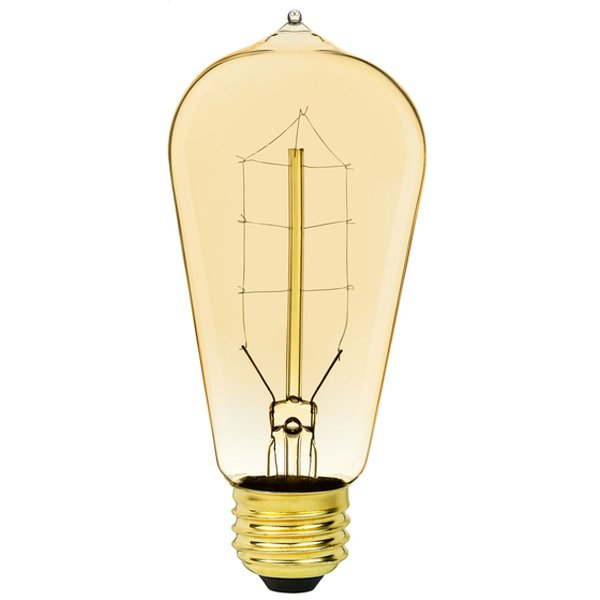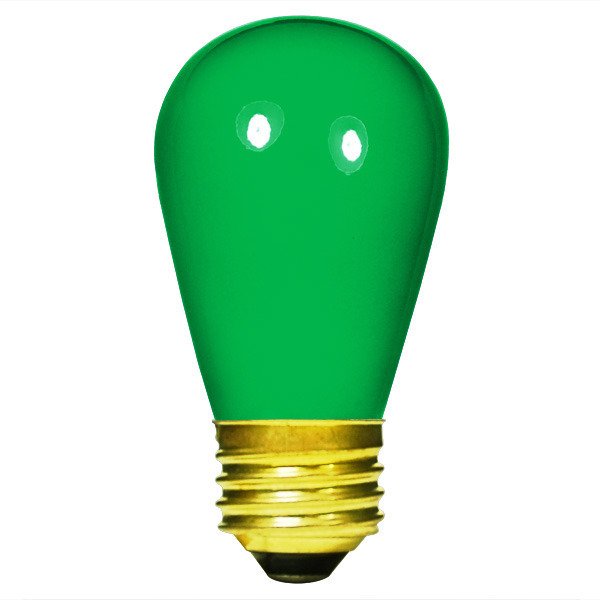Understanding the Latest Lighting Regulations: What Light Bulbs Are Banned and What's Still Available
With the newest update to the incandescent light bulb ban taking effect, many of the traditional incandescent bulbs you’ve used for years now are no longer available. And because of all the confusion surrounding the situation, it's important to learn what light bulbs have been banned and what bulbs are still available under the new rules.
What the New Regulations Mean for Incandescent and Halogen Light Bulbs
As of August 1, 2023, new regulations from the Biden administration and the Department of Energy (DOE) state that all incandescent and halogen light bulbs must produce a minimum number of lumens per watt. Bulbs that fail to meet this threshold can no longer be manufactured or sold, which effectively bans most common household incandescent light bulbs that have been in use for years.
What Light Bulbs Are Still Allowed?
There are, however, some exceptions to the rule. Certain specialty bulbs are still allowed under the new regulations, including:
Appliance lamps
Antique reproduction lamps
Black light bulbs
Bug light bulbs
Colored lamps
Plant light bulbs
Traffic signal bubs
These exceptions mean that there are still some types of halogen and incandescent bulbs that you'll be able to find on the market.
The Move Toward More Efficient and Longer-Lasting LED Technology
These new regulations and bans come as part of a larger movement toward more efficient and longer-lasting light emitting diode, or LED, technology. LED light bulbs use a fraction of the energy that halogen and incandescent bulbs. They also have a long lifespan, outlasting and outperforming traditional bulbs, and produce less heat.
If the bulbs you normally use are now no longer available, don't worry - the most commonly used incandescent and halogen light bulbs have LED equivalents, which means you can still enjoy the same quality of light while being energy-efficient and saving money on your electricity bill.
Switching to Energy Efficient Lighting with LED Bulbs
Switching form incandescent bulbs to energy saving light bulbs isn't as hard as you might think. 1000Bulbs offers a wide range of LED A19s, MR16s, BRs, mini bi-pins, and other bulb shapes to make the transition to LED that much easier. These energy efficient light bulbs are similar in size to their incandescent and halogen counterparts, and use the same sockets so there is no need to make any changes to your fixtures.
Which LED Bulbs Should You Choose?
When selecting LED light bulbs to replace incandescent lamps, you will need to pay close attention to the lumen output, wattage equivalent, and the color temperature. These go hand-in-hand to help you find the right LED replacement.
Lumens and Wattage Equivalents
Unlike incandescent bulbs where the light output is determined by the bulb wattage, LED bulb light output is measured in lumens. Lumens essentially measures the brightness of the bulbs. The higher the lumens, the brighter the bulb. If you are not sure how bright your incandescent or halogen bulb is, don't worry. LED bulbs typically have a wattage equivalent that indicates how the bulb compares to traditional lighting. For example, a 60-Watt LED bulb will put out a similar output as 60-Watt incandescent bulb.
Color Temperature
Color temperature, measured in Kelvin, is the color of the light produced by the bulb. As shown in the chart, bulbs with a lower Kelvin color temperatures will produce a warmer, more amber light. LED bulbs with higher Kelvins emit a bluer light. In most cases, you are going to want lower Kelvin color temperatures.
To replicate the warmth of incandescent bulbs, look for LED bulbs with a 2700 Kelvin color temperature or lower. To match the appearance of halogens, look for LEDs with a color temperature of 3000 to 3500 Kelvin. Bulbs with a 4000 Kelvin temperature and higher produce a bright, blue light similar to daylight that can appear harsh in general settings. We recommend using these LED lights for areas needing very bright light, such as craft tables, garages, or security lighting around your home.
1000Bulbs Can Help
Whether you're still trying to understand the new regulations or need help finding the right LED replacements for all of your applications, 1000Bulbs has got you covered. You can call us at 1-800-624-4488 to speak to one of our US-based lighting experts or shop at 1000Bulbs.com to explore a wide range of LED bulbs and lighting solutions. With our help, you'll have everything you need to continue enjoying high-quality, energy-efficient lighting for years to come.

















